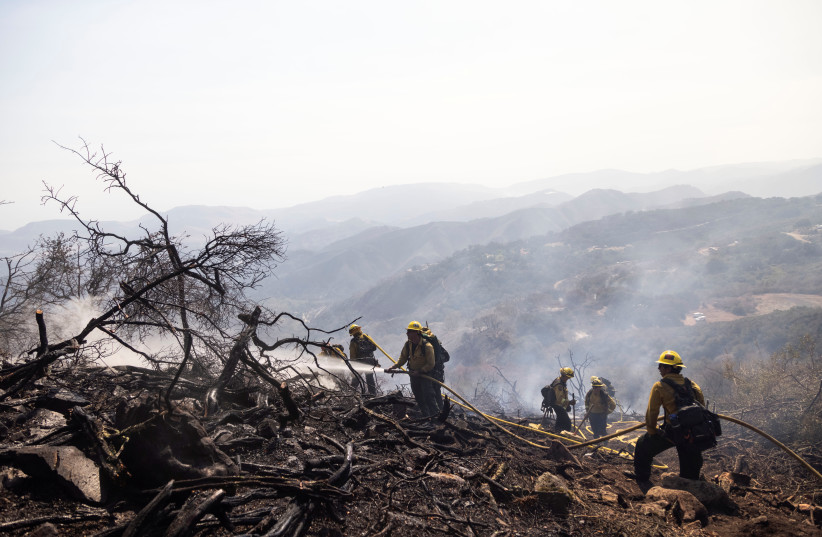Global temperatures will continue to increase in the coming decades, causing extreme heatwaves to become increasingly frequent, according to a new study.
The peer-reviewed study, conducted by researchers from the Institute of Atmospheric Physics at the Chinese Academy of Sciences and published on Friday in the journal Advances in Atmospheric Sciences, found that greenhouse gases are the main reason for past temperature increases and are likely to continue to be the primary factor.
Simulations projected that extreme heatwaves would increase by more than 30 percentage points in the next few years, mainly due to greenhouse gas emissions.
Furthermore, the researchers linked the 2021 North American heatwave to such emissions.
“An extraordinary and unprecedented heatwave swept western North America in late June of 2021, resulting in hundreds of deaths and a massive die-off of sea creatures off the coast as well as horrific wildfires,” said lead author Prof. Chunzai Wang, who heads the State Key Laboratory of Tropical Oceanography at the Chinese Academy of Sciences' (CAS) South China Sea Institute of Oceanology.

The researchers studied the processes of variability, including atmospheric circulation patterns, as well as external forcing, such as greenhouse gases released due to human activity, Wang said.
“The North Pacific pattern and the Arctic-Pacific Canada pattern co-occurred with the development and mature phases of the heatwave, whereas the North America pattern coincided with the decaying and eastward movements of the heatwave. This suggests the heatwave originated from the North Pacific and the Arctic, while the North America pattern ushered the heatwave out.”
Chunzai Wang
Atmospheric circulation patterns
According to the CAS, atmospheric circulation patterns describe the ways that air flows and impacts surface air temperatures, which can be affected by natural heat from the Sun, atmospheric internal variability and the rotation of Earth, all of which determine the weather and the climate.
The researchers found that during the 2021 North American heatwave, three atmospheric circulation patterns occurred simultaneously.
“The North Pacific pattern and the Arctic-Pacific Canada pattern co-occurred with the development and mature phases of the heatwave, whereas the North America pattern coincided with the decaying and eastward movements of the heatwave. This suggests the heatwave originated from the North Pacific and the Arctic, while the North America pattern ushered the heatwave out,” Wang said.
As atmospheric circulation patterns can co-occur without causing a heatwave, the researchers used models from the World Climate Research Programme to determine the extent to which the heatwave was impacted by human activity.
Wang said that they determined from the models that climate change linked to greenhouse gas emissions affected the variability of atmospheric circulation patterns, resulting in the 2021 heatwave.
